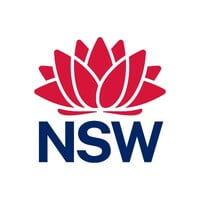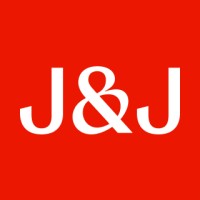
NSW Health
With more than 170,000 staff and 228 hospitals, there are millions of ways we are enriching the health of the NSW community every day. In front of a patient, working in a kitchen, developing new treatments, or at a desk, each one of our staff is a vital member of the largest health organisation in Australia. What binds us is our shared passion and commitment to caring for people. We’re empowering staff to work to their full potential and equip people with skills and capabilities to be agile and responsive. Join the team enriching health in millions of ways every day. Find out more: https://www.health.nsw.gov.au/careers/Pages/benefits.aspx View our social media community guidelines here: https://www.health.nsw.gov.au/social/Pages/community-guidelines






